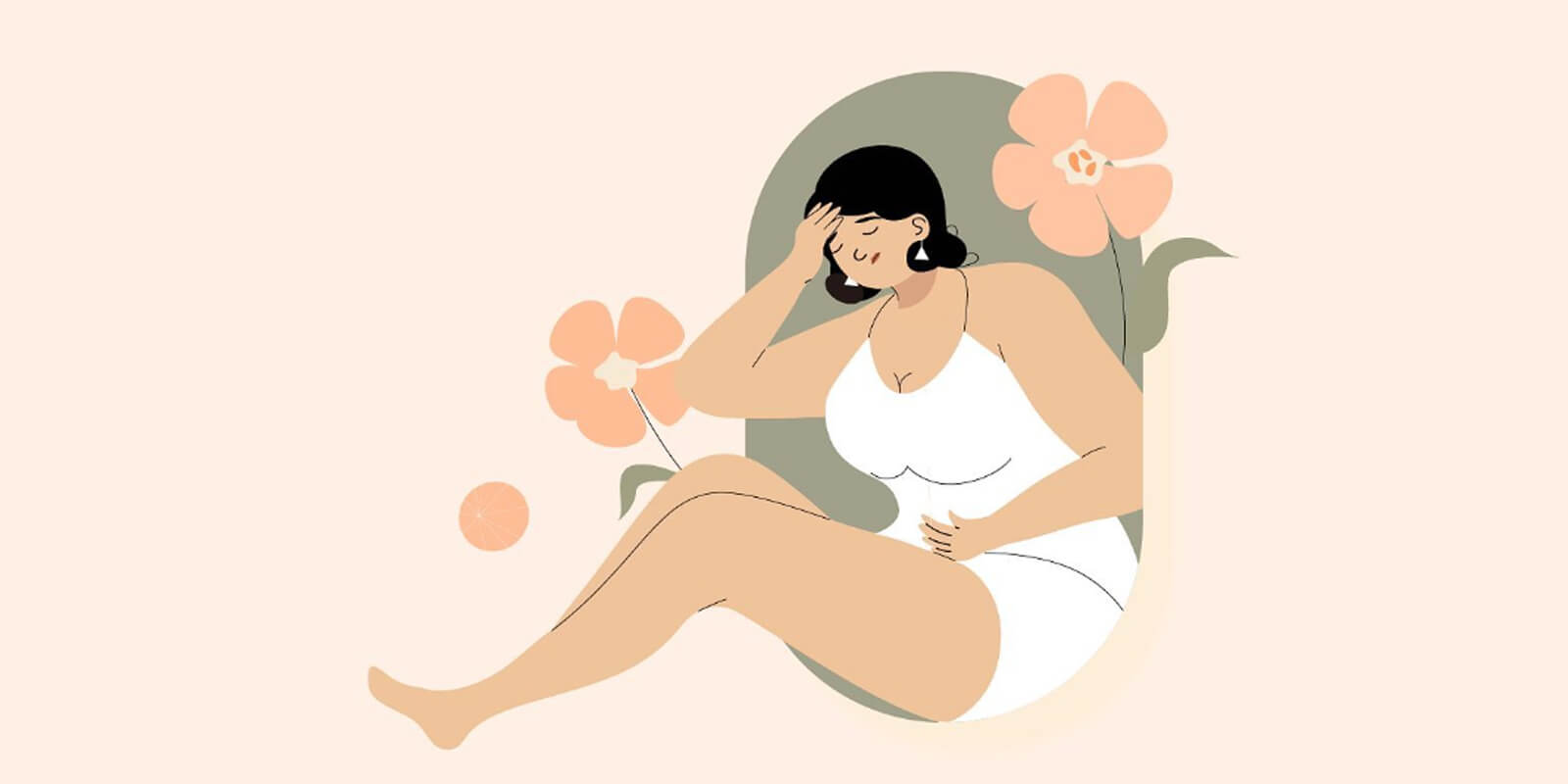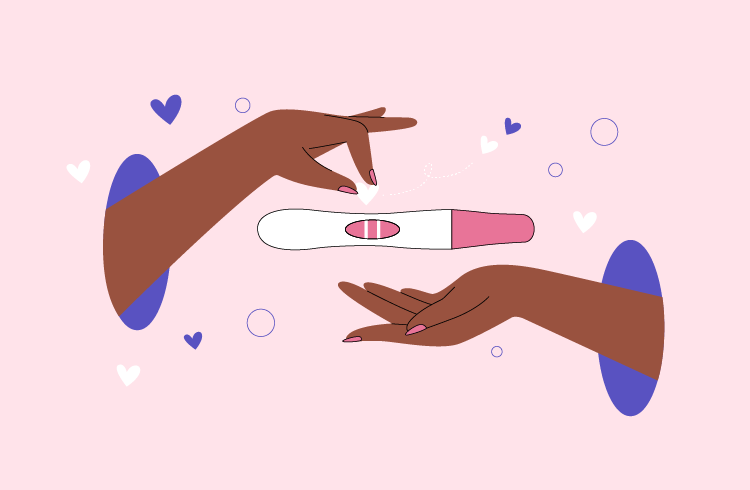Understanding your ovulation cycle is essential for fertility planning and overall reproductive health. Ovulation, the process by which an egg is released from the ovary, typically occurs in the middle of the menstrual cycle. But how do you know when ovulation is over? Here are some signs that can help you determine if ovulation has ended:
1. Changes in Cervical Mucus

One of the most noticeable signs of ovulation is the change in cervical mucus. During ovulation, cervical mucus becomes clear, stretchy, and egg-white in consistency, which helps sperm travel to the egg. Once ovulation is over, the mucus typically becomes thicker, cloudier, and less abundant. This change indicates that the fertile window has closed.
2. Shift in Basal Body Temperature (BBT)
Tracking your basal body temperature (BBT) is a reliable way to detect ovulation. Before ovulation, BBT remains relatively low. After the egg is released, progesterone levels rise, causing a slight increase in BBT. This temperature rise usually indicates that ovulation has occurred and is over. By tracking your BBT daily, you can confirm the end of ovulation once a consistent temperature shift is observed.
Related product: Femometer Smart Ring for Women
3. Reduction in Ovulation Pain (Mittelschmerz)
Some women experience mittelschmerz, a mild pain or cramping on one side of the lower abdomen, during ovulation. This pain is associated with the release of the egg from the ovary. Once ovulation is complete, this discomfort typically subsides. If you notice that your ovulation pain has decreased or disappeared, it could be a sign that ovulation has ended.
4. Decrease in Libido

Many women experience an increase in libido around the time of ovulation, driven by hormonal changes that make the body more receptive to conception. After ovulation, as hormone levels stabilize, this heightened sexual desire may decrease. A noticeable drop in libido can be another sign that your ovulation period has concluded.
5. Breast Tenderness
Hormonal fluctuations during ovulation can cause breast tenderness or sensitivity. This symptom may persist for a few days but typically diminishes after ovulation. If you notice a reduction in breast tenderness, it could indicate that you are no longer in the ovulation phase.
6. Changes in Cervical Position
During ovulation, the cervix becomes softer, higher, and more open to facilitate the passage of sperm. After ovulation, the cervix usually returns to a lower, firmer, and closed position. Checking the position and texture of your cervix can provide clues about whether ovulation has ended.
7. Negative Ovulation Test
Ovulation predictor kits (OPKs) detect the surge in luteinizing hormone (LH) that triggers ovulation. A positive result typically indicates that ovulation is imminent or occurring. Once ovulation is over, LH levels drop, and OPKs will show a negative result. Using OPKs can help confirm that the ovulation phase has passed.
Related product: IVY103 LH Hormone Test Kit
Recognizing the signs of the end of ovulation is important for women who are tracking their fertility. By paying attention to changes in cervical mucus, BBT, ovulation pain, libido, breast tenderness, cervical position, and using ovulation tests, you can better understand your menstrual cycle and improve your chances of conception. In addition, this knowledge can help you make informed decisions about family planning and reproductive health.
Whether you are trying to conceive or just want to better understand your body, knowing these post ovulation signs is a critical step in managing your reproductive health.
This article is the original creation of Femometer. All rights reserved by Femometer Inc. To reproduce, distribute, or reference the content, please reach out to us in advance to prevent any potential legal issues. Copyright © Femometer Inc.










